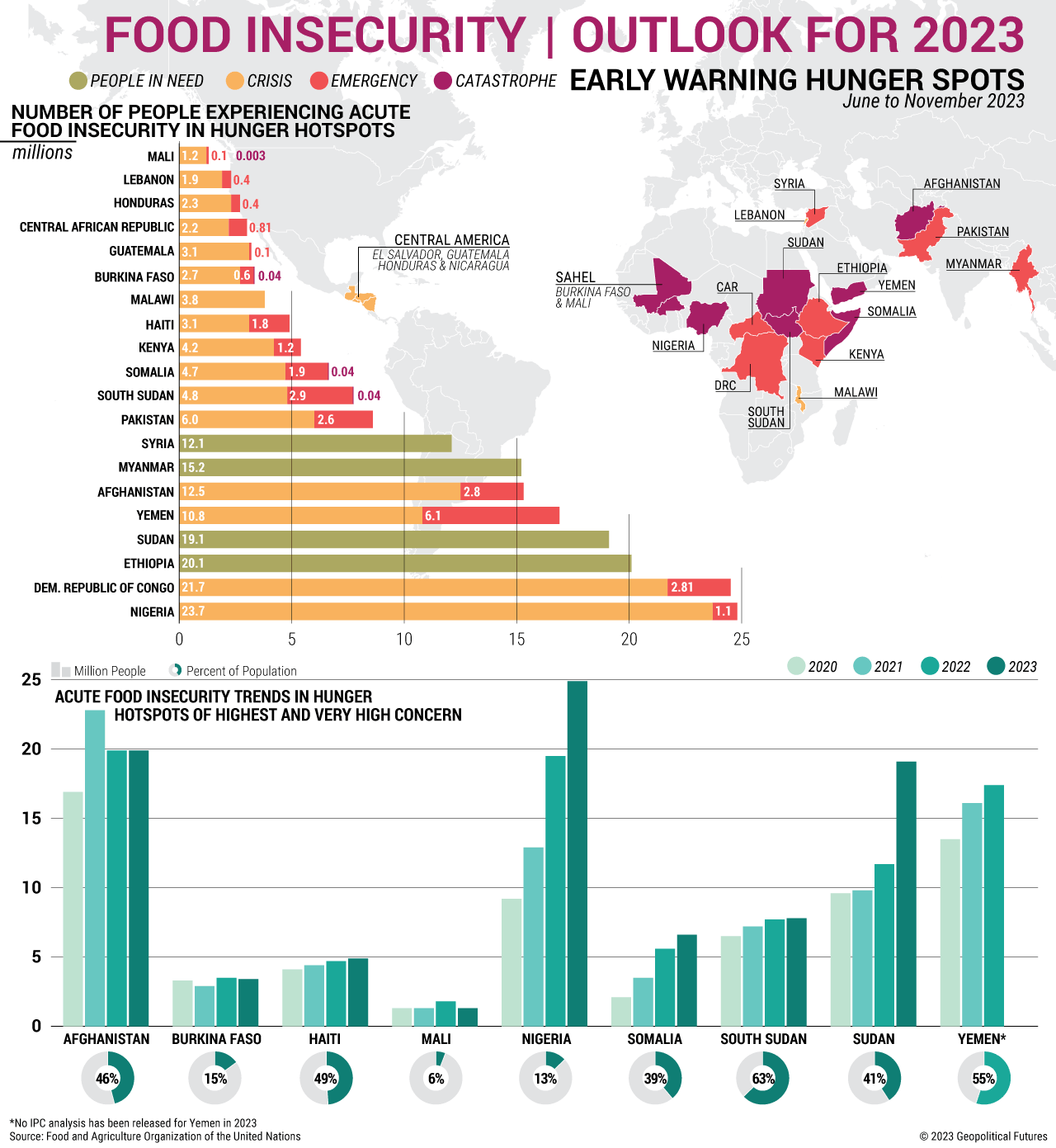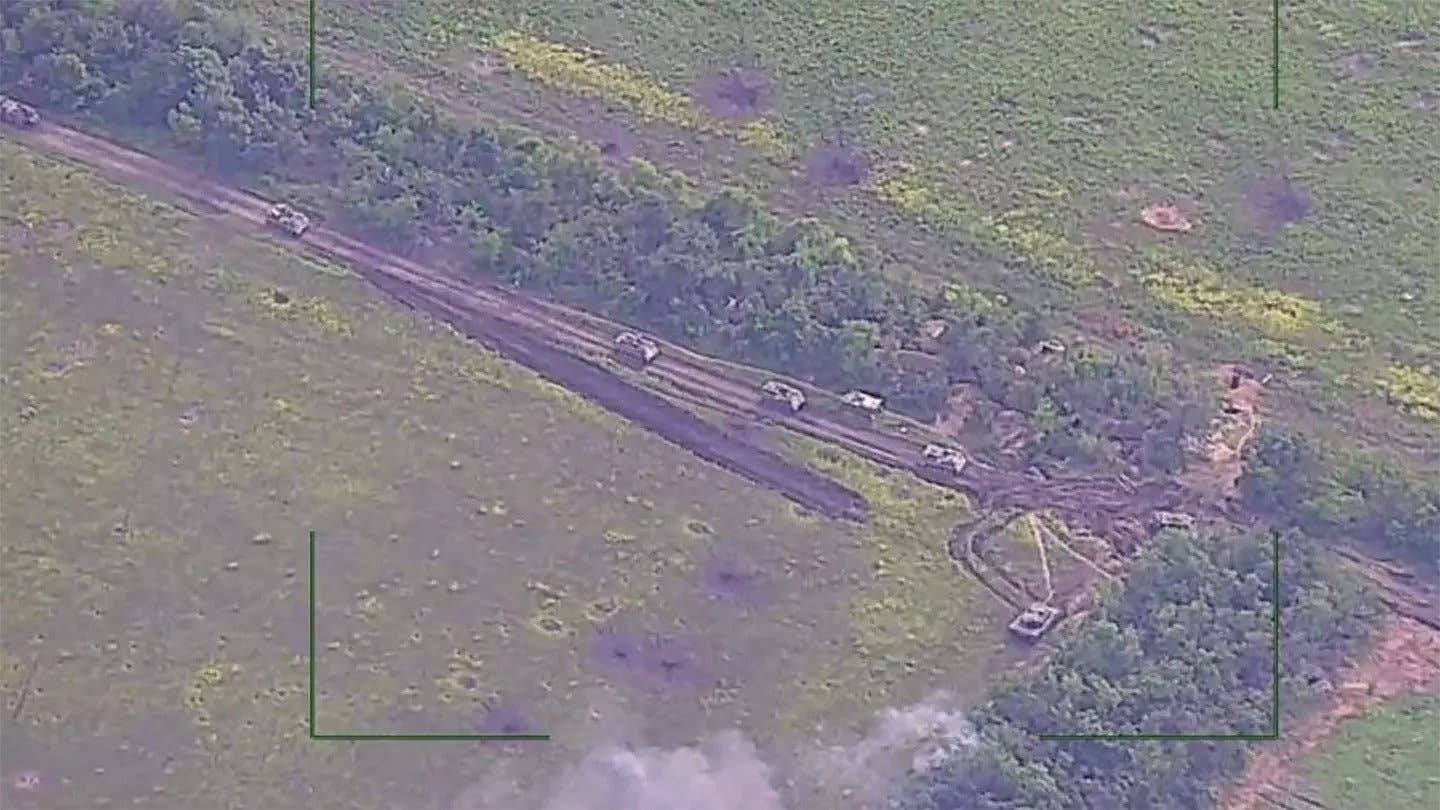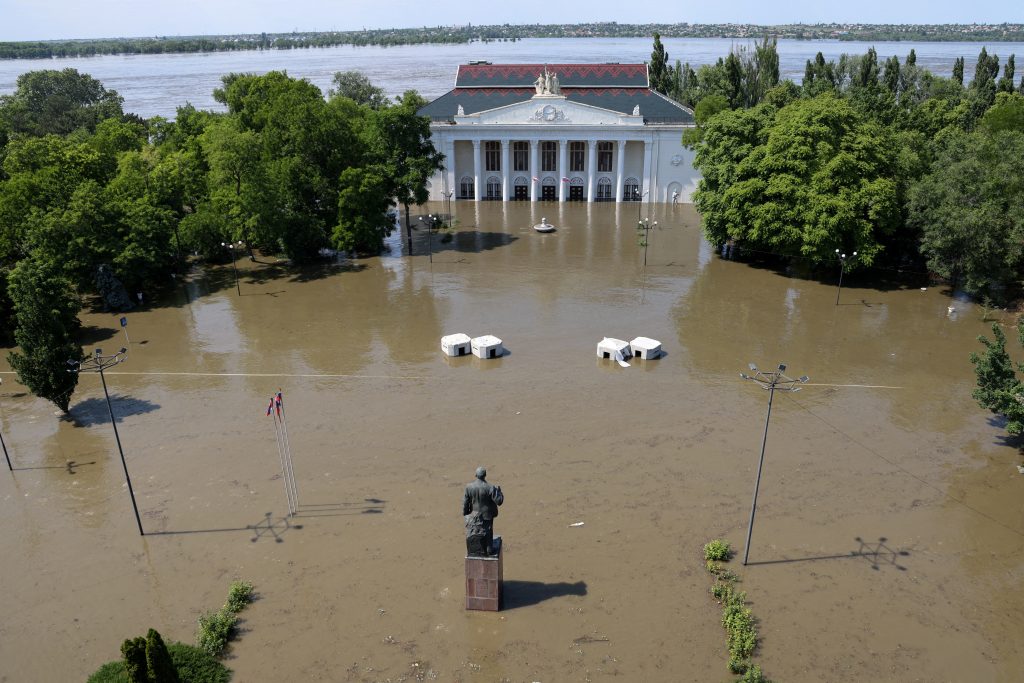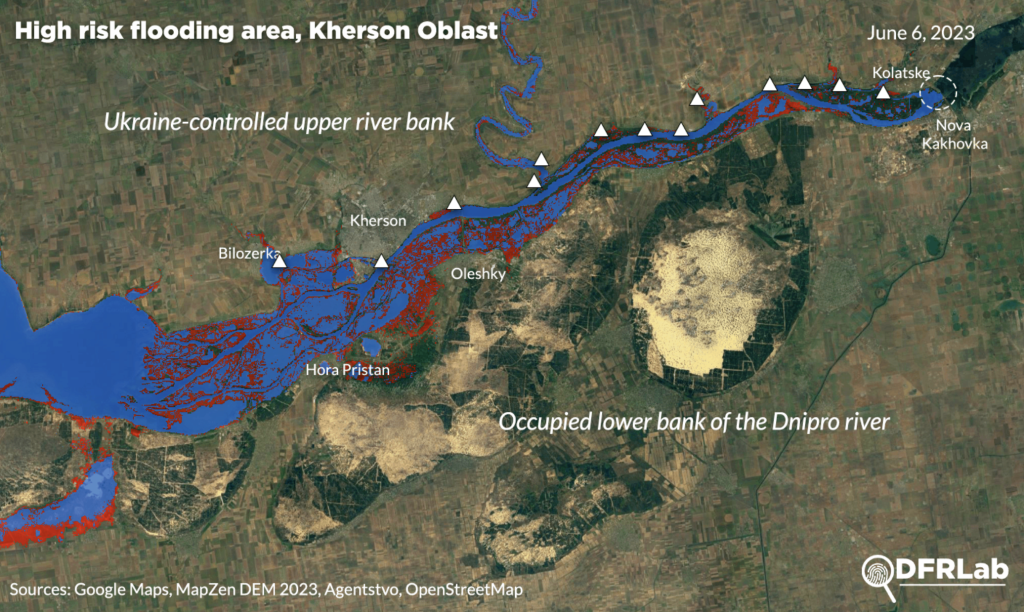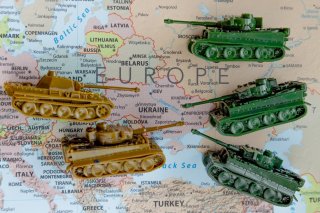Constantino Xavier & Jabin Jacob
After several decades of limited engagement, China has rapidly deepened and diversified its relations with India and its neighbouring countries. However, beyond the economic dimension, not much is known of the other aspects of China’s growing footprint in the region. As it garners political, diplomatic and security influence, China has also become increasingly entangled in various domestic processes of South Asian democracies, from shaping public opinion to influencing policy-making. As with other great powers, China’s objective is two-fold: to encourage policies that are favourable for itself, and to pre-empt decisions that would go against its core interests. This report assess how China is becoming increasingly influential beyond just trade and other economic ties with India and its neighbours. Based on eight case studies by analysts and scholars from Bangladesh, Nepal, India and Sri Lanka, the report examines China’s growing role in a range of sectors in these four countries, including education, public diplomacy, technology, social media, civil society, party politics, religion, and governance. It is among the first systematic, case study and evidence-based analyses of China’s new methods and strategies of engagement with South Asia. Going beyond an India-centric perspective, the report also expands our understanding of how other South Asian countries perceive China and seek to promote their own interests and concerns.




